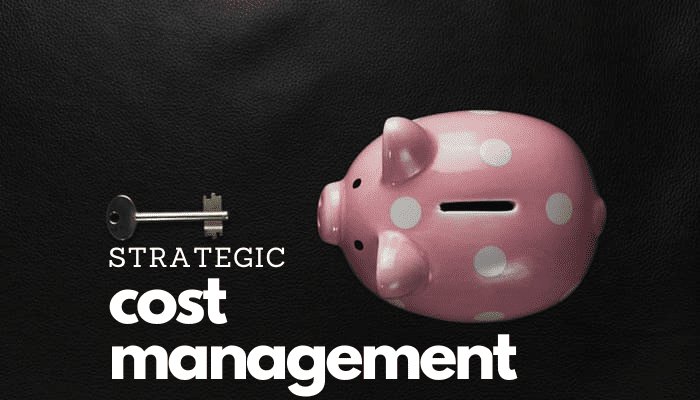As the economy continues to expand and jobless rates decline, businesses are increasingly focused on driving sales and capturing market share. Many experts advocate for aggressive investment, claiming, “You can’t cut your way to business growth; you must invest to grow.”
While investment is crucial, this mindset can be misleading when it ignores the profitability factor. Smart sales-driven businesses understand that growth isn’t just about selling more—it’s about selling smarter through strategic cost management.
More Sales Won’t Fix a Broken Profit Model
 Sales teams work tirelessly to close deals and generate revenue, but if cost structures aren’t optimized, higher sales can still lead to lower profits. When businesses fail to manage costs effectively, they risk selling themselves into unprofitability.
Sales teams work tirelessly to close deals and generate revenue, but if cost structures aren’t optimized, higher sales can still lead to lower profits. When businesses fail to manage costs effectively, they risk selling themselves into unprofitability.
Just like a high-revenue business with excessive expenses can still fail, an expanding sales operation without cost awareness can be a liability.
To maximize revenue impact, businesses must ensure that their sales strategies align with strategic cost management principles. Here’s how:
Four Cost-Savvy Sales Strategies for Higher Profit Margins
1. Are Your Vendors Profiting More Than You?

Sales growth often requires increased spending on materials, technology, and logistics. But before you sign that next contract, ask yourself: Are your vendors benefiting more than you?
Many suppliers offer “preferred pricing,” but that doesn’t mean you’re getting the best deal. A 5% discount might sound good, but if your competitors are getting 10% or exclusive incentives, you could be overpaying.
2. Are You Managing Too Many Vendors—and Losing Money?

A diverse supplier base sounds like a smart strategy, but in reality, too many vendors can dilute your purchasing power. Every extra supplier means more administrative overhead, more negotiations, and often higher per-unit costs due to lower consolidated volume.
3. Freight & Shipping: Are You Leaving Money on the Table?
Sales teams often promise fast delivery to close deals—but if freight costs are out of control, those sales could be eating into your profits.
Whether you ship full truckloads, LTL (less than truckload), or use couriers, there are almost always ways to cut costs without sacrificing delivery time.
4. Are Inventory Issues Sabotaging Your Sales Efforts?

Your sales team is closing deals, but customers aren’t getting their orders on time. Why? Too much inventory in the wrong areas and not enough of what customers actually need.
Carrying excessive stock drains cash flow and raises storage costs, while short shipping customers damages trust and kills repeat business.
Sales Growth Starts with Strategic Cost Management
Sales teams work hard to close deals—but profitability depends on more than just revenue. A well-managed cost structure enables businesses to scale sales without sacrificing margins. Before chasing aggressive growth, ensure your sales strategy aligns with strategic cost management practices.
By optimizing vendor relationships, reducing logistical waste, and improving inventory efficiency, you set your business up for sustainable, high-margin growth. In sales, it’s not just about selling more—it’s about selling profitably through strategic cost management.
© Shawn Casemore 2025. All Rights Reserved.



Share This Article
Choose Your Platform: Facebook Twitter Google Plus Linkedin